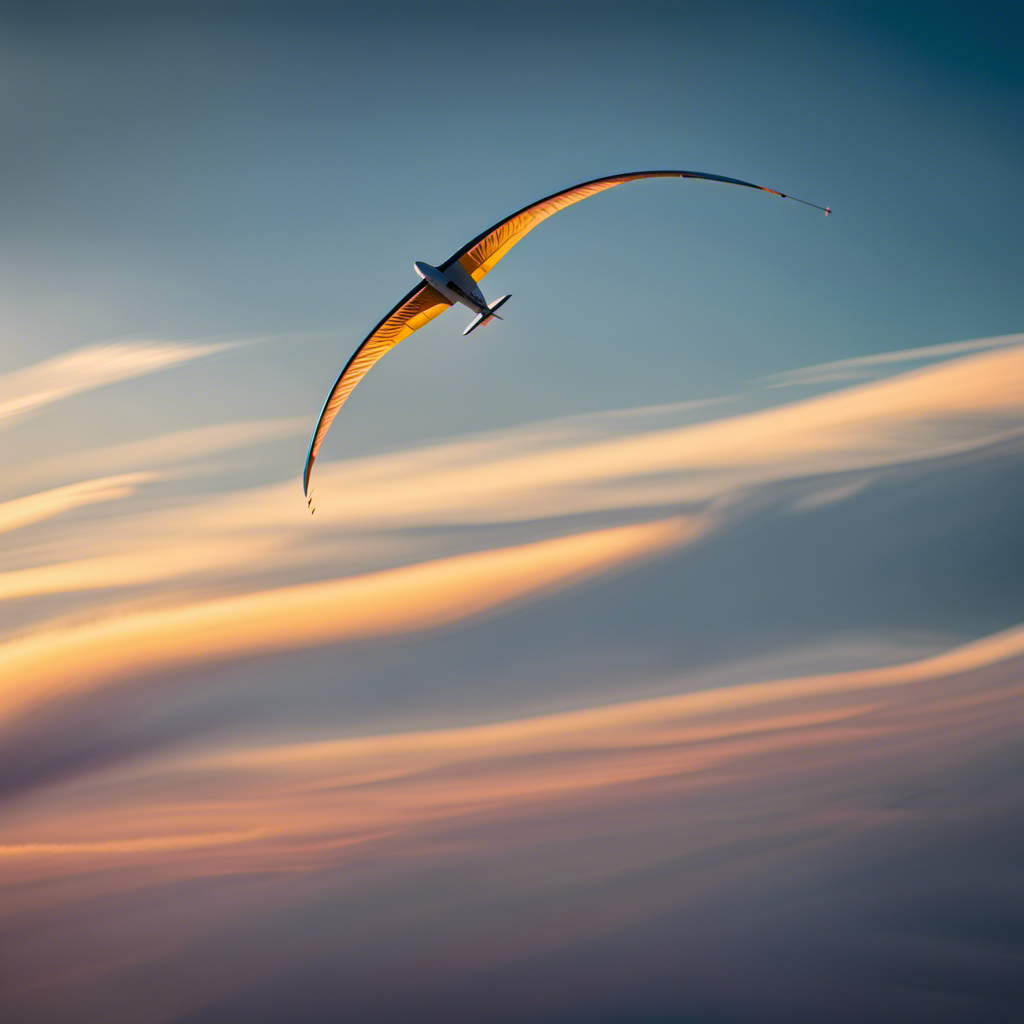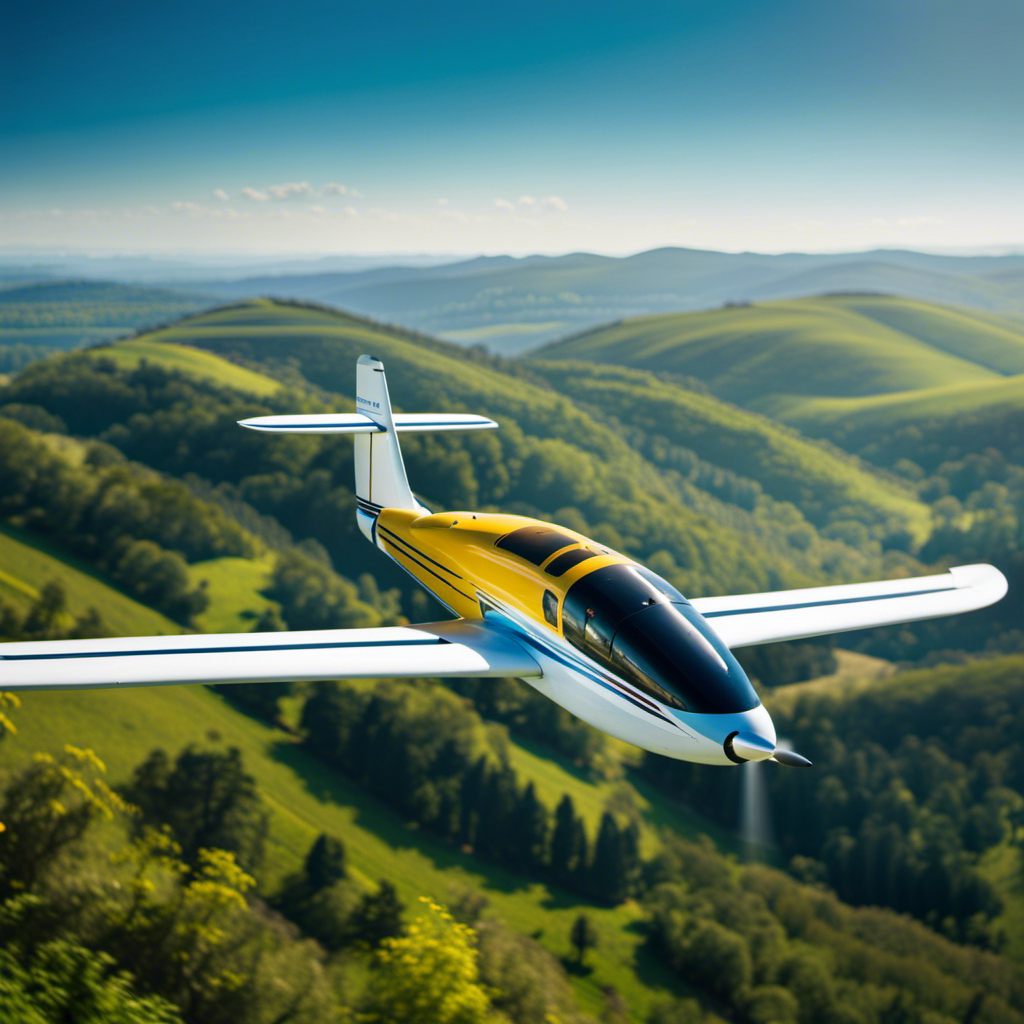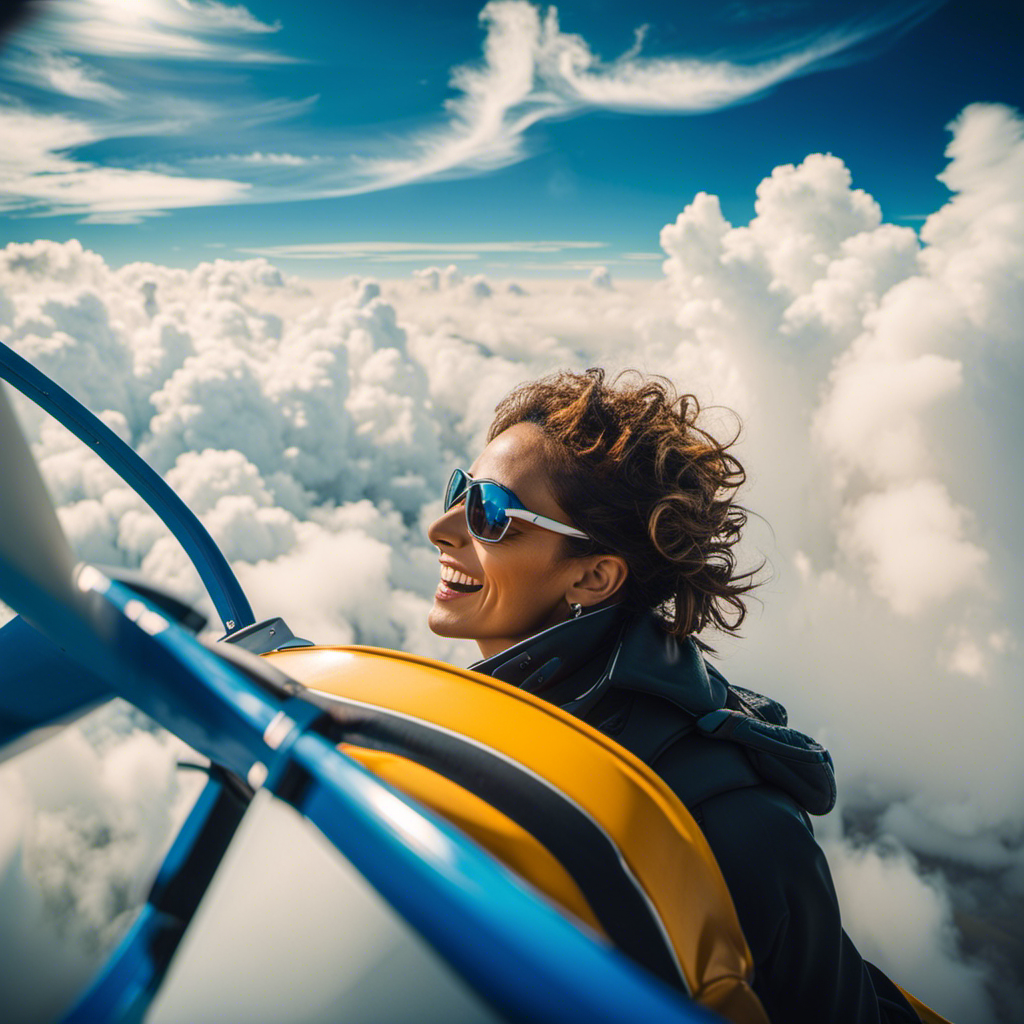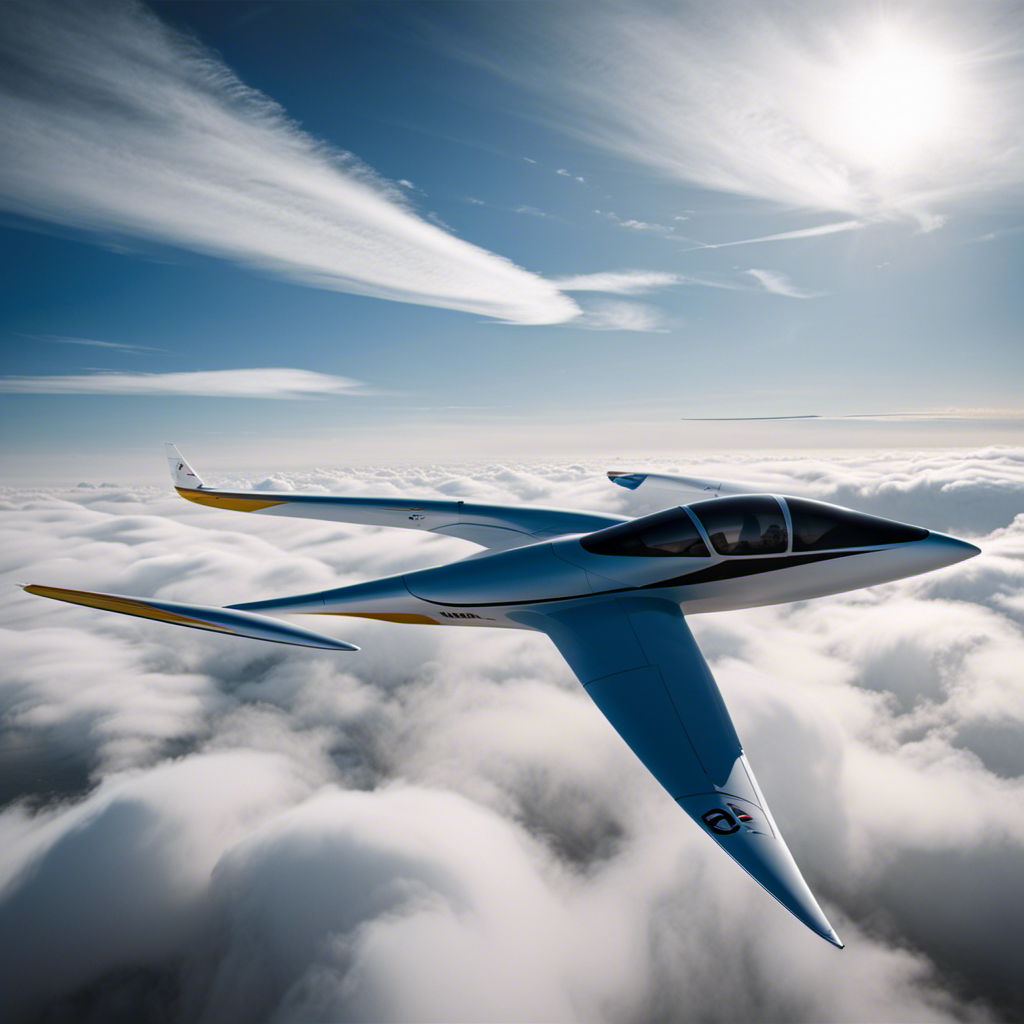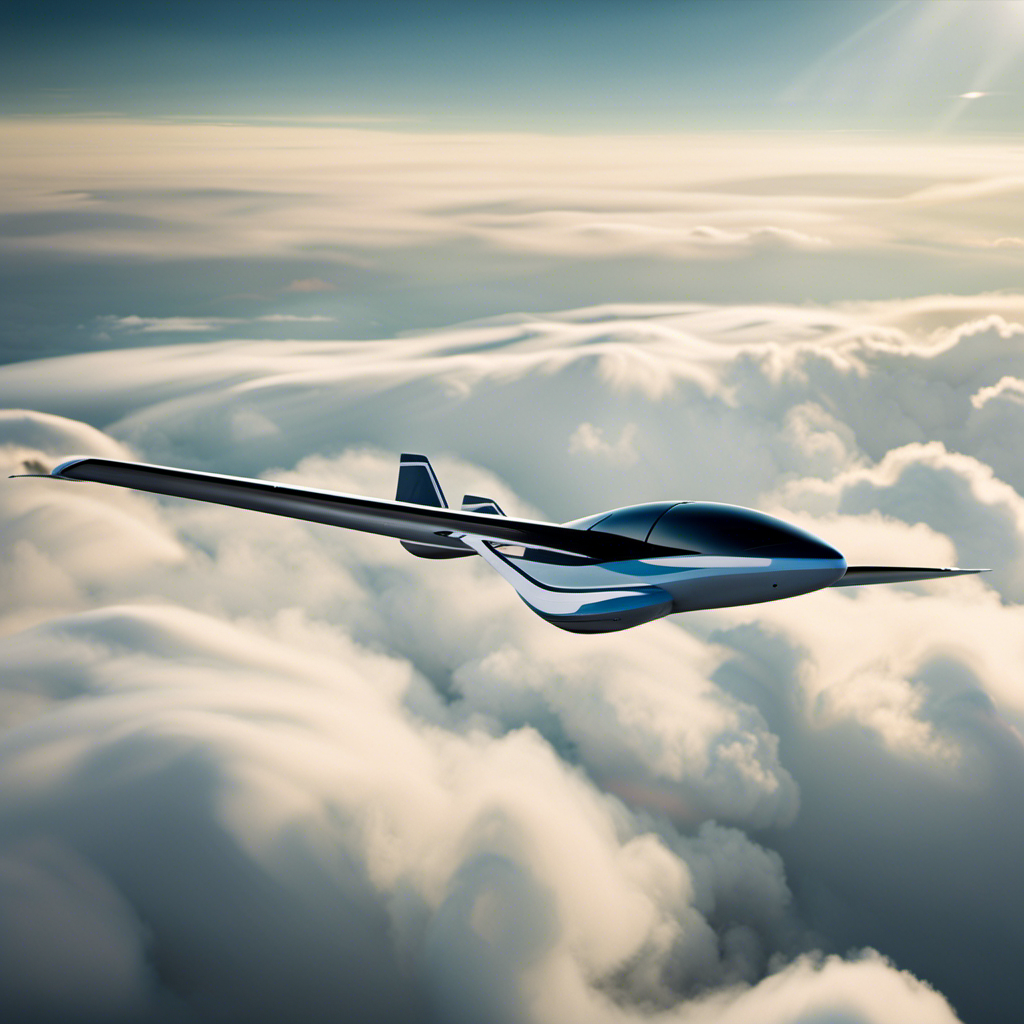Basics of Soaring and Gliding
The Price Of Freedom: Understanding Glider Flight Costs
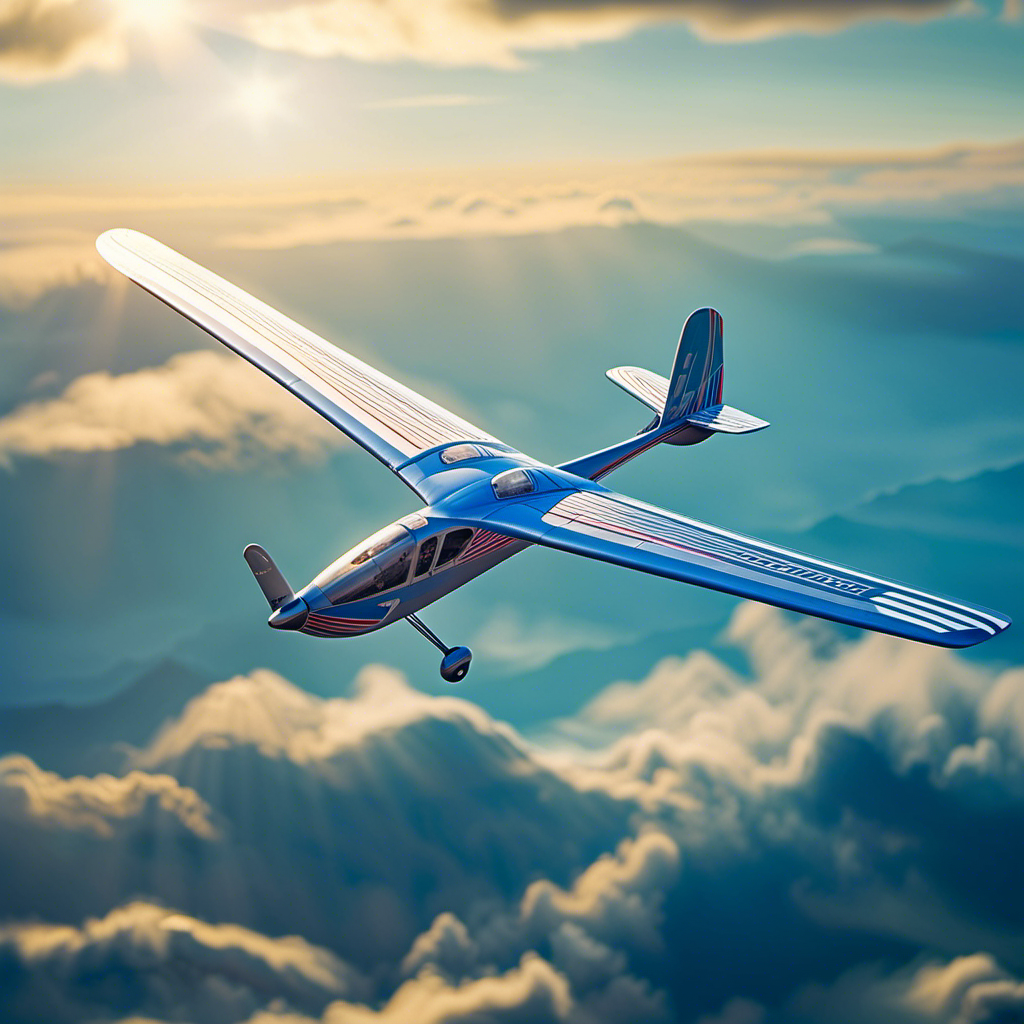
They say freedom has its price, and in the realm of glider flying, that price is crystal clear. As a pilot, I have extensively explored the financial implications of this thrilling endeavor.
In this article, we will explore the various expenses that come with taking to the skies in a glider. From equipment and maintenance costs to training and certification fees, we will break down the numbers and shed light on the price one must pay for the ultimate freedom of flight.
Key Takeaways
- The cost of glider flight includes equipment costs such as purchasing new or used gliders, as well as additional equipment like parachutes and avionics.
- Pilot training and certification also contribute to the overall cost, with expenses for training, ground instruction, flight time, and exams, as well as medical examinations and insurance coverage.
- Club memberships and hangar fees are recurring expenses that should be considered, with costs varying depending on location and amenities.
- Insurance costs, fuel costs for self-launching gliders, competition fees, towing fees, and miscellaneous expenses like upgrades and customizations, flying gear, clothing, and entry fees for competitions or races should also be taken into account when understanding the full price of glider flight.
Equipment Costs
You’ll need to budget for equipment costs when considering glider flight. The initial investment in equipment is one of the major financial considerations for aspiring glider pilots.
The cost of a glider can vary greatly depending on the type, size, and condition of the aircraft. On average, a new glider can cost anywhere from $50,000 to $200,000, while used gliders can range from $10,000 to $100,000. Other essential equipment such as parachutes, avionics, and instruments can add an additional $5,000 to $20,000 to your expenses.
It’s important to carefully evaluate your needs and budget accordingly. Once you’ve accounted for the equipment costs, you’ll also need to factor in maintenance and repair expenses, which we’ll discuss in the next section.
Maintenance and Repair Expenses
Regular inspections and maintenance are crucial for ensuring the longevity and optimal performance of equipment. They come with their own costs.
By regularly inspecting and maintaining equipment, potential issues can be identified early on and corrected before they escalate into costly repairs or replacements.
Repairing damages and replacing parts can be significant expenses, but they are necessary to keep the equipment functioning properly and to avoid potential safety hazards or disruptions in operations.
Regular inspections and maintenance
To ensure safe and efficient glider flight, it’s important to stay on top of inspections and maintenance. As a glider pilot, I understand the significance of regular inspections and maintenance in keeping my aircraft in optimal condition.
Here are three key reasons why these practices are crucial:
-
Safety: Regular inspections allow for early detection of any potential issues or malfunctions, ensuring that they are promptly addressed before they become safety hazards.
-
Performance: Maintenance activities such as cleaning, lubricating, and adjusting components help optimize the glider’s performance, maximizing its efficiency and minimizing drag.
-
Cost savings: By identifying and addressing minor issues during inspections, I can prevent them from escalating into larger, more expensive problems, ultimately saving on repair and replacement costs.
By consistently prioritizing inspections and maintenance, I can maintain the safety, performance, and financial sustainability of my glider.
Now, let’s explore the next aspect: repairing damages and replacing parts.
Repairing damages and replacing parts
When it comes to repairing damages and replacing parts, it’s essential to consult with a certified technician for proper assessment and recommendations. This is not only crucial for the safety of the glider but also for managing the financial aspect of maintenance.
Repair costs can vary widely depending on the extent of the damage and the specific parts needed. It is important to consider not only the cost of the parts themselves but also the labor involved in the repair process.
Additionally, regular maintenance and prompt repairs can help prevent further damage and potentially reduce long-term costs. With proper assessment and recommendations from a certified technician, you can ensure that the repairs are done efficiently and cost-effectively, maximizing the lifespan of your glider.
As we delve into the topic of pilot training and certification, it is important to understand the financial implications of this crucial aspect of glider flight.
Pilot Training and Certification
Pilot training and certification can be a significant expense for aspiring glider pilots. The cost of obtaining a glider pilot license varies depending on the flight school and the type of training program. According to the data provided by the Federal Aviation Administration (FAA), the average cost of glider pilot training ranges between $5,000 and $10,000. This includes both ground instruction and flight time, as well as the necessary study materials and exams.
Additionally, there may be additional costs associated with medical examinations and insurance coverage. It’s important to carefully consider these financial aspects before embarking on the journey of becoming a glider pilot.
With the training and certification fees being a major part of the equation, let’s now delve into the specific costs associated with licensing and certification fees.
Licensing and Certification Fees
Before you begin your journey to becoming a licensed glider pilot, it’s important to be aware of the fees associated with licensing and certification. Understanding the financial aspects of this process will help you plan your budget accordingly. To give you an idea of what to expect, here is a breakdown of the typical fees involved:
Fee Cost Description Medical Certificate $100 – $150 Required for pilot certification Knowledge Test $150 – $200 Covers aeronautical knowledge Practical Test $300 – $500 Flight test with an FAA-designated examiner FAA License Application Fee $75 Application fee for your glider pilot license Membership Dues Varies Annual fees for glider flying clubs
These fees are approximate and can vary depending on location and other factors. Once you have obtained your license, you can move on to exploring other costs such as club memberships and hangar fees, which will be discussed in the next section.
Club Memberships and Hangar Fees
After diving into the realm of licensing and certification fees, it’s time to explore another aspect of glider flight costs: club memberships and hangar fees.
These expenses are a crucial part of the overall financial picture for glider pilots. Club memberships typically involve an annual fee that grants access to the club’s facilities, such as hangars, runways, and maintenance services. The cost of memberships can vary significantly depending on the location and amenities offered by the club.
Hangar fees, on the other hand, are recurring expenses for storing the glider when it’s not in use. Hangar fees are typically charged monthly and can range from a few hundred to several thousand dollars depending on the size and location of the hangar.
Understanding and budgeting for these costs is essential for any glider pilot looking to maximize their flying time and minimize financial strain.
With club memberships and hangar fees in mind, let’s now delve into another critical aspect of glider flight costs: insurance expenses.
Insurance Costs
When it comes to insurance, you’ll want to consider factors such as coverage options, deductibles, and your flying experience. Insurance costs for glider flight can vary based on these factors.
Coverage options can range from liability-only to comprehensive coverage that protects against theft, damage, and liability. Higher deductibles can lower your premium, but it’s important to weigh the potential out-of-pocket expenses.
Your flying experience can also impact your insurance rates, with more experienced pilots often receiving lower premiums.
To determine the most cost-effective insurance plan, it’s essential to compare quotes from different providers and carefully review the coverage details.
Understanding insurance costs is just one part of the equation when it comes to managing the overall expenses involved in glider flight, including transportation costs.
Transportation Expenses
When it comes to glider flight costs, two important factors to consider are towing fees for launching gliders and travel costs for competitions or events.
Towing fees can vary depending on the distance and duration of the flight, as well as the location of the glider port.
Travel costs, on the other hand, include expenses such as fuel, accommodations, and meals during competitions or events.
Towing fees for launching gliders
To understand how much towing fees will cost you when launching gliders, it’s important to consider the distance traveled and the rates charged by the towing service. Here are four factors to consider:
-
Distance: The longer the distance, the higher the towing fees. Towing services typically charge per mile, so a longer distance will result in higher costs.
-
Towing rates: Different towing services have different rates. It’s important to research and compare prices to ensure you’re getting the best deal.
-
Type of glider: The size and weight of the glider can also impact towing fees. Larger gliders may require more powerful tow planes, which can increase the cost.
-
Additional services: Some towing services may offer additional services like pre-flight inspections or glider storage. These services can add to the overall cost.
Considering these factors will help you estimate the towing fees for launching your glider.
Now, let’s explore the next aspect of glider flight expenses: travel costs for competitions or events.
Travel costs for competitions or events
If you’re planning to participate in glider competitions or events, it’s important to budget for travel expenses. These costs can add up quickly, especially if you’re traveling long distances or attending multiple events throughout the year. To help you understand the financial implications, let’s take a look at a breakdown of potential travel expenses:
Expense Category Estimated Cost Airfare $500 – $1500 Accommodation $100 – $300/night Meals $50 – $100/day
As you can see from the table, airfare alone can range from $500 to $1500 depending on the distance and time of year. Accommodation costs can vary greatly depending on the location and quality of the lodging. Meals can also be a significant expense, especially if you’re eating out for every meal. By budgeting for these travel expenses, you can better plan and manage your overall glider flight costs.
Moving on to fuel and launch fees…
Fuel and Launch Fees
The cost of fuel and launch fees can greatly impact the overall expense of glider flight. When it comes to fuel, the price can vary depending on the type of glider and the distance covered. On average, a glider requires about 2 liters of fuel per hour of flight. Considering the current fuel prices, this can add up quickly.
Launch fees also contribute to the cost, as gliders need to be towed or launched by a winch. These fees can range from $50 to $200 per launch, depending on the location and equipment used.
To minimize these costs, glider pilots often opt for longer flights to maximize the distance covered per liter of fuel. Additionally, they may join gliding clubs to benefit from reduced launch fees and other cost-saving measures.
Upgrades and customizations also play a significant role in optimizing the efficiency and reducing the overall cost of glider flight.
Upgrades and Customizations
When it comes to upgrades and customizations for gliders, two key points to consider are adding avionics or instruments and improving glider performance or efficiency.
Adding avionics or instruments can enhance the safety and navigation capabilities of the glider, providing pilots with valuable information and improving their overall flying experience.
On the other hand, improving glider performance or efficiency can lead to cost savings in terms of fuel consumption and maintenance, making it a financially wise investment for glider owners.
Adding avionics or instruments
You can save money on glider flight costs by adding avionics or instruments. Investing in these upgrades not only enhances your flying experience but also improves the overall efficiency and safety of your glider. Here are three reasons why adding avionics or instruments is a wise financial decision:
-
Increased situational awareness: With advanced avionics, such as GPS navigation systems and traffic alert systems, you can easily navigate through airspace and avoid potential collisions, reducing the risk of accidents and costly repairs.
-
Improved efficiency: By adding instruments like variometers and electronic flight computers, you can optimize your glider’s performance, making it easier to find thermals and stay aloft for longer periods. This translates to reduced fuel consumption and lower overall operating costs.
-
Enhanced resale value: Gliders equipped with modern avionics and instruments are more attractive to potential buyers. When it’s time to sell your glider, you can expect a higher resale value, recouping some of the initial investment.
By incorporating avionics and instruments, you can maximize your glider’s potential and achieve cost savings in the long run.
Now, let’s explore ways to improve glider performance or efficiency.
Improving glider performance or efficiency
To enhance the performance and efficiency of your glider, consider installing aerodynamic modifications or upgrading the wing design. These modifications can significantly improve your glider’s overall performance, allowing for longer and more efficient flights.
By reducing drag and increasing lift, you can achieve higher speeds and better glide ratios, resulting in reduced energy consumption and increased range. Upgrading the wing design, such as incorporating winglets or a higher aspect ratio, can also improve the glider’s handling characteristics and overall stability.
While these modifications may require an initial investment, the long-term benefits can outweigh the costs. By maximizing the performance and efficiency of your glider, you can also potentially reduce other operating expenses, such as fuel costs.
Transitioning into the subsequent section about ‘miscellaneous expenses,’ it is important to consider all aspects of glider flight costs to get a comprehensive understanding of the financial implications.
Miscellaneous Expenses
When considering the overall expenses of glider flight, it’s important to take into account the cost of flying gear and clothing. These items, such as helmets, flight suits, and goggles, are essential for ensuring safety and optimal performance during flights.
Additionally, entry fees for competitions or races can be a significant expense for glider pilots who wish to participate in these events and showcase their skills.
Flying gear and clothing
Flying gear and clothing can be expensive, but they are essential for a safe and comfortable glider flight. As a pilot, I understand the importance of investing in high-quality equipment that meets the strict safety standards of the gliding community.
The cost of flying gear can vary depending on the brand, materials used, and additional features. For example, a good-quality helmet can range from $200 to $500, while a reliable parachute can cost around $1,000. Additionally, specialized clothing such as flight suits, gloves, and boots can add up to a few hundred dollars.
It is crucial to prioritize safety and invest in the necessary gear to protect oneself during a flight.
Transitioning to the next section about entry fees for competitions or races, these expenses are an important consideration for pilots looking to participate in competitive gliding events.
Entry fees for competitions or races
Competing in gliding events can be costly, as pilots are required to pay entry fees for competitions or races. These fees vary depending on the event and can range from a few hundred dollars to several thousand dollars. The entry fees play a crucial role in covering the expenses associated with organizing the event, such as venue rental, insurance, and staff salaries.
Additionally, they contribute towards prize money for the winners and help support the growth and development of the gliding community. It is important for pilots to carefully consider the cost-benefit analysis before participating in a competition, as the expenses can quickly add up. However, the thrill of competing and the opportunity to showcase one’s skills often outweigh the financial implications for passionate glider pilots.
Frequently Asked Questions
What are the different types of equipment required for glider flight and their respective costs?
The different types of equipment required for glider flight include a glider aircraft, parachute, radio communication system, and instruments for navigation and safety. Costs vary depending on the specific equipment, with prices ranging from several hundred to several thousand dollars.
How often does a glider require maintenance and what are the average repair expenses associated with it?
On average, a glider requires maintenance every 100 flight hours. Repair expenses can range from $500 to $5,000, depending on the extent of the damage. Maintenance costs are crucial to ensure safe and efficient glider flight.
What is the process and cost involved in obtaining pilot training and certification for glider flight?
Obtaining pilot training and certification for glider flight involves enrolling in a flight school, attending ground and flight lessons, and passing written and practical exams. Costs can vary but typically range from $5,000 to $10,000.
Are there any specific licensing and certification fees that need to be paid for glider pilots?
Yes, there are specific licensing and certification fees that need to be paid for glider pilots. These fees can vary depending on the country and the type of license or certification being obtained.
Apart from club memberships and hangar fees, are there any other recurring expenses that glider pilots need to consider?
Apart from club memberships and hangar fees, glider pilots must also consider recurring expenses such as insurance premiums, maintenance costs, and training fees. These costs can significantly impact the overall financial commitment of glider flight.
Conclusion
In conclusion, gliding may seem like the ultimate freedom in the skies, but it comes at a cost.
From equipment and maintenance expenses to pilot training and certification fees, the price of freedom is a financial commitment.
Club memberships, hangar fees, transportation expenses, fuel and launch fees, and even upgrades and customizations all add up.
It’s not just the wind beneath your wings, but also the money in your wallet that keeps you soaring.
So, before you embark on this exhilarating adventure, consider the financial realities of glider flight.
Orion, better known as “Jetstream,” is the voice that brings the stories of the skies to life. His fascination with aviation began at a young age, sparked by his father’s tales of flying and adventure. Orion’s journey into the world of gliding was serendipitous, and from the moment he took his first glider flight, he knew he had found his calling.







